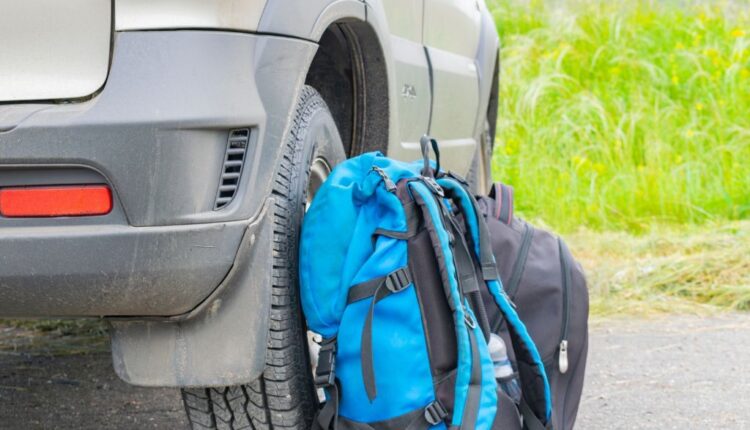Off-Roading Safety: Tips for Staying Safe on the Trails
Stay safe while off-roading with these tips for navigating trails responsibly. Read here to ensure a successful, secure adventure on rugged terrain.
Off-roading is a thrilling escape for adventure seekers and outdoor enthusiasts. Navigating challenging terrains and exploring uncharted paths offers an exhilarating experience like no other. However, safety should be a top priority for every off-road enthusiast. This guide outlines essential safety tips for your off-roading experience to help you stay safe on the trails.
Complete a Pre-Trip Checklist
You must adequately prepare before embarking on your off-road adventure. Start by inspecting your vehicle thoroughly. Check the tires for proper tread and air pressure, ensuring they are suitable for off-road conditions. Examine all fluid levels, including oil, coolant, and brake fluid, to prevent mechanical problems mid-trail. Testing your lights, winch, and battery will help you avoid unexpected issues in remote areas.
Packing the right gear is equally important. Equip your vehicle with recovery tools such as tow straps and a robust jack. Bring a reliable GPS device and maps to guide your route, especially in areas with limited mobile coverage. Stock up on essential supplies like water, snacks, and emergency blankets to keep you safe and comfortable on your expedition.
Choose the Right Trail
Selecting the appropriate trail is key to a successful off-roading adventure. First, consider your skill level. Beginners should start with less challenging trails and gradually progress to more difficult ones. Research the terrain type, whether it involves rocky paths, sandy dunes, or muddy tracks, and choose a trail that matches your vehicle’s capabilities.
Weather conditions play a significant role in trail selection. Avoid trails prone to flooding during the rainy season, which can make them treacherous and impassable. Checking with local authorities or online trail forums can provide valuable information on trail conditions and whether they are open or closed.
Understand Your Vehicle’s Limits
Knowing your vehicle’s limitations is crucial for a safe off-road adventure. Familiarize yourself with its clearance, approach, and departure angles to avoid damage when navigating obstacles. Understanding the drivetrain options, such as four-wheel drive or all-wheel drive, will help you choose the right settings for different terrains.
Pay attention to your vehicle’s weight distribution and balance. Overloading can impact stability and increase the risk of flipping over. Make sure all gear is secured properly, preventing any loose items from becoming hazards during sudden maneuvers. Recognizing your vehicle’s limits and respecting them will help you tackle trails confidently while minimizing risks.
It’s also important to listen to your vehicle on and off the trails. If you notice any strange noises, alerts, or smells coming from your vehicle, stop immediately. Familiarize yourself with the signs your vehicle needs repairs to know when you’ll need an emergency tune-up.
Emergency Preparedness
Being prepared for emergencies is an integral part of off-roading safety. Start by packing a comprehensive first-aid kit, including bandages, antiseptic wipes, and pain relievers. Don’t forget to pack essential tools like a tire repair kit, multi-tool, and portable air compressor to handle common mechanical issues. And always travel with an off-roading partner to stay safe on the trails.
By incorporating these off-roading safety tips into your adventures, you can stay safe on the trails while enjoying the thrills. Whether you’re just getting into off-roading or you’re a seasoned pro, everyone should follow these safety guidelines to protect themselves and continue enjoying the hobby safely.


Comments are closed.